
Outdoor Painting
Heat and humidity affects drying time when it comes to paint. High humidity means there is more moisture in the air, so in turn it will take longer for the water in your paint to evaporate. Put off any outdoor DIY projects that involve painting until the humidity level drops. Try these 15 tips for painting outdoor furniture.
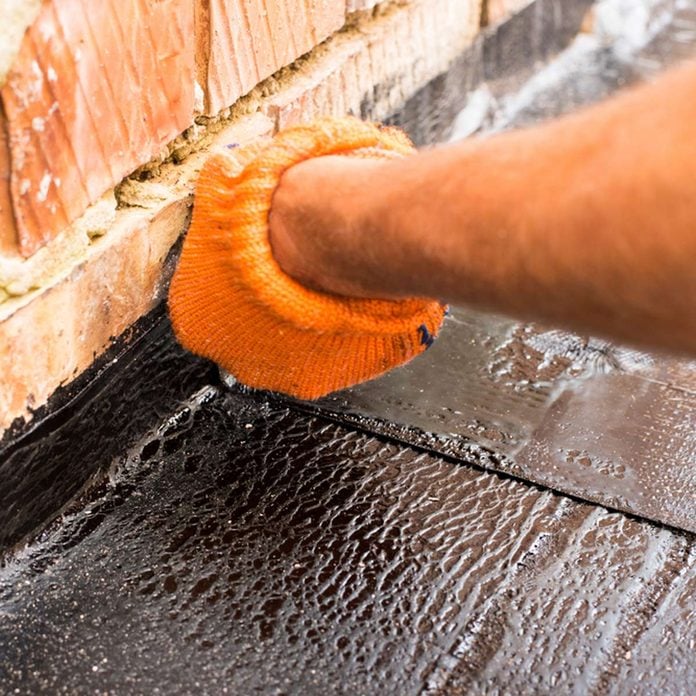
Roofing
Roofing in hot and humid weather can not only be miserable since you’re stuck in the hot sun, but it can be dangerous. When weather conditions call for high humidity, do some roof work early in the morning before the humidity level gets too intense, then take a break until later in the day. The last thing you want is to be stuck up on a roof and feel light-headed. Here are 10 of the most common roof problems and what to do about them!

Pouring Concrete
Concrete will set as the cement hydrates, which means when the air has excess moisture, the concrete can dry too quickly. Concrete grows stronger when given ample time to dry, so if it dries too quickly, the dried concrete won’t be as strong and may be prone to cracking. Learn how to pour a concrete slab successfully with these 31 tips.
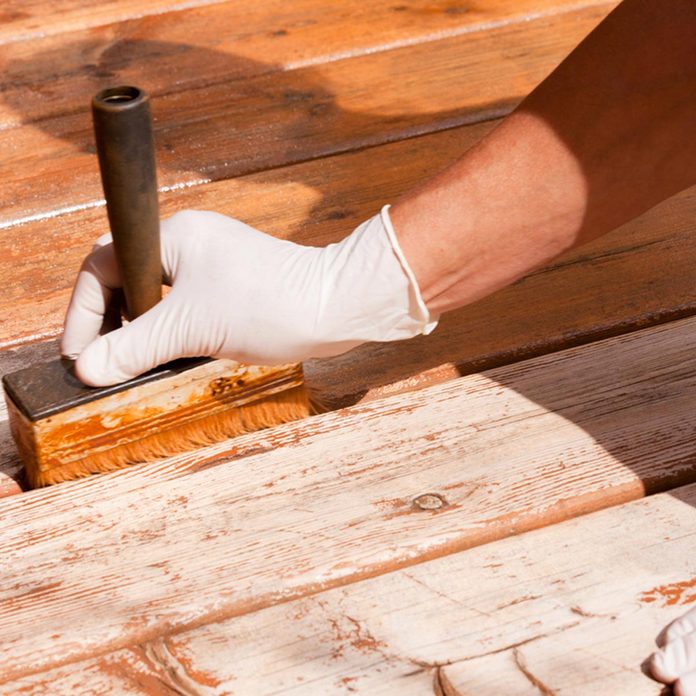
Staining the Deck
When staining your fence, deck or any outdoor furniture, the humidity level should be no higher than 70 percent for optimal drying. Too much humidity may leave you with an uneven finish, so put this DIY project on hold. Follow these tips for staining wood evenly.
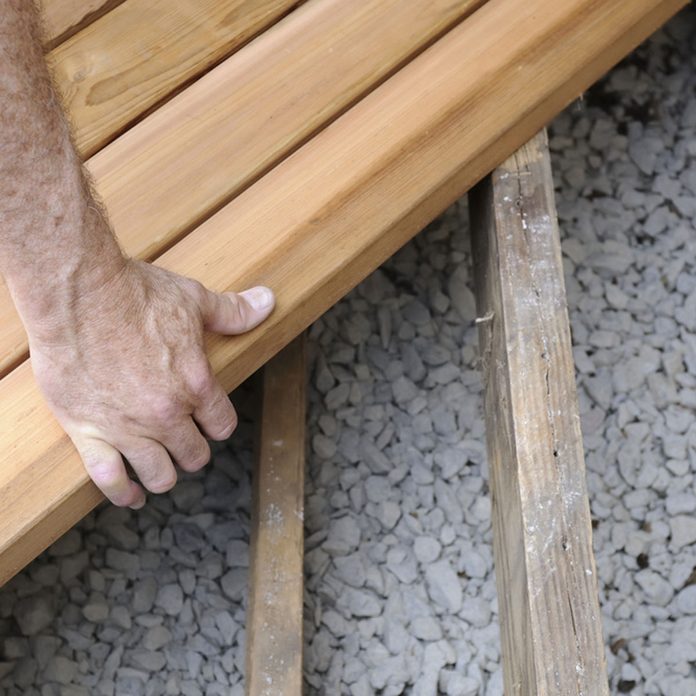
Deck Repair
Over time, deck boards may become uneven and need a little adjustment. Hold off on this DIY project if humidity levels are high. Humidity can cause wood to swell, which may create more problems if you try to make fixes when the boards are swollen. Here are 12 more things you should never do to your deck.

Caulking
The air’s humidity level can affect how long it will take caulk to cure or dry. Caulking — whether you are using a silicone or acrylic-based caulk — is a DIY project you should put on hold when humidity levels are high to ensure optimal results. Here are five more caulking mistakes you should try to avoid.
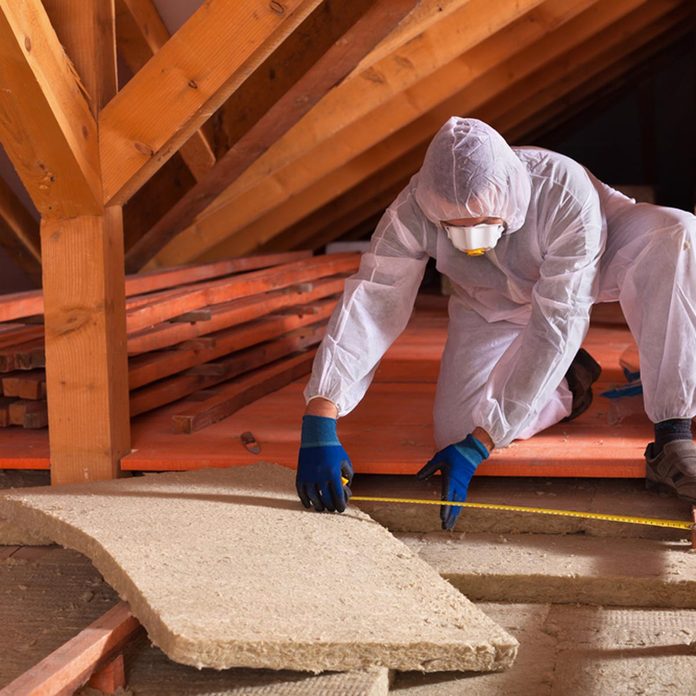
Attic Work
This tip is more about safety than results. If you have a DIY project that involves work in the attic, put it off until the heat and humidity are at more comfortable levels. Since air often doesn’t circulate well in attic spaces, it can be difficult to breathe. Find out if a dehumidifier cools a room. If you absolutely must work in your attic in not-so-optimal conditions, here are some tips on improving the ventilation in your attic.
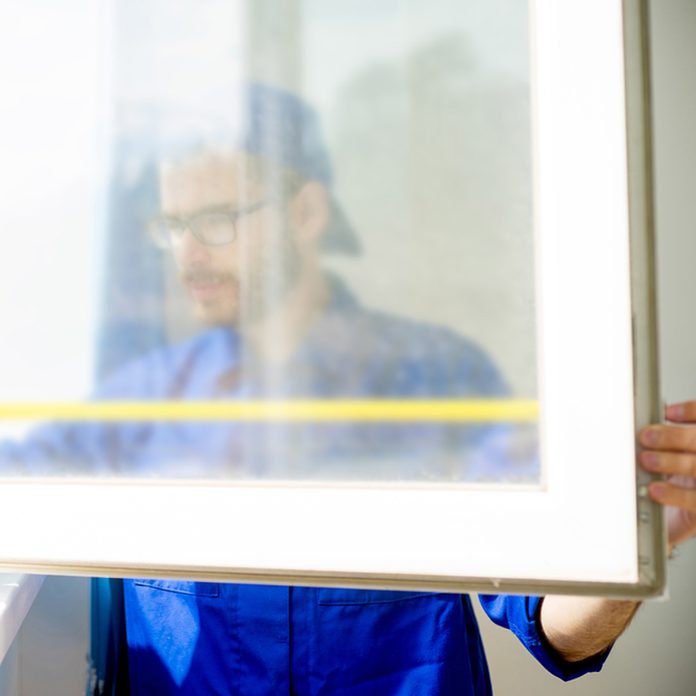
Installing Windows
The last thing you want when installing new windows is for humidity to get trapped in the panes. Built up condensation can impact wood, concrete, plaster and brick and cause long-term damage in your home. Put off this DIY project until humidity levels are lower.
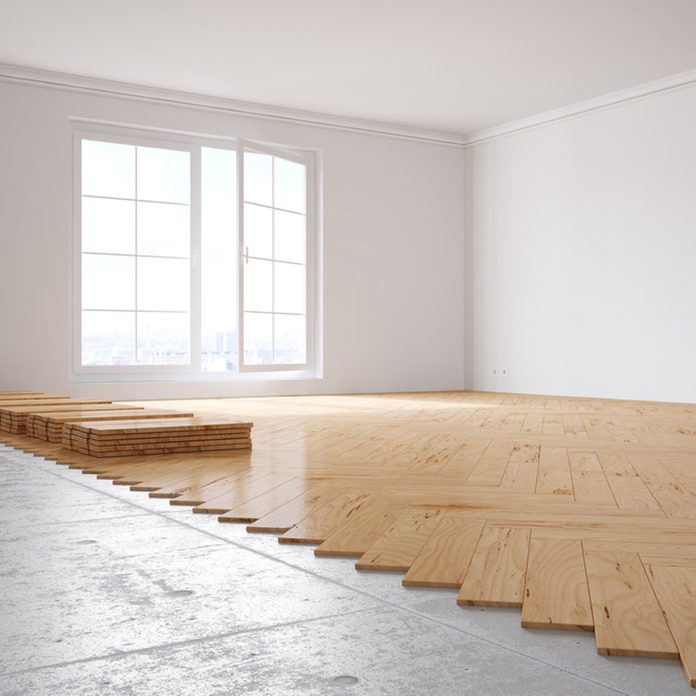
Wood Flooring
High humidity can cause wood to swell. If you’re planning a hardwood flooring project, the last thing you want is your flooring to be swollen, then retract when the air dries out, leaving you with some big gaps between floor boards. Yes, you can install wood flooring over concrete! Here’s how.
